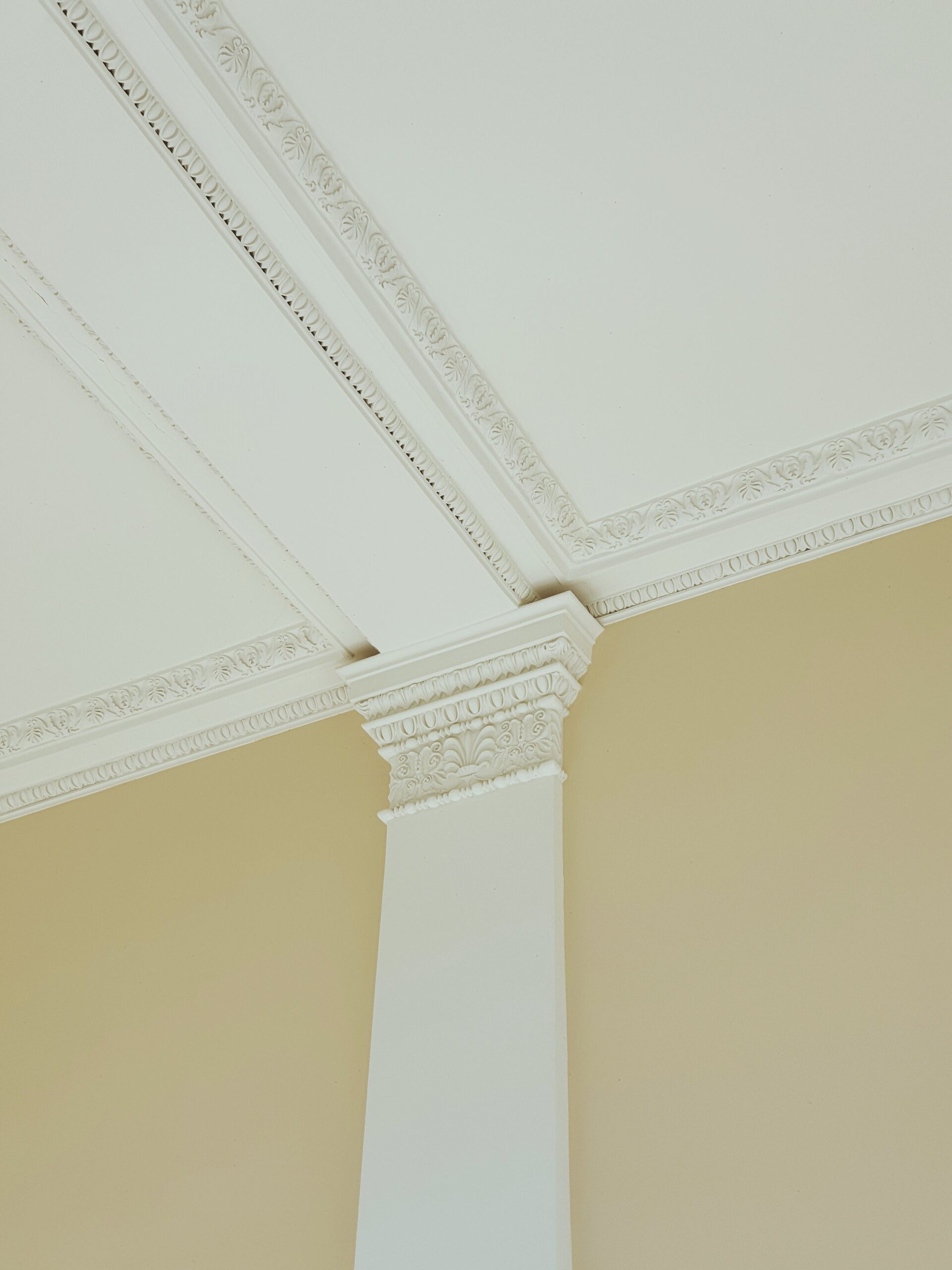Acrylic, commonly known by brand names like Perspex or Plexiglas, has become an essential material in various industries, from sign-making to fish tanks. Its optical clarity, resistance to UV rays, and durability make it an excellent substitute for glass in many situations.
For those keen on DIY projects or professionals looking to hone their skills, understanding the best practices for working with acrylic is crucial.
1. Cutting Acrylic
a) Choosing the Right Tools
While you can use standard woodworking tools to cut acrylic, not all tools are made equal. For straight cuts, a plastic scoring blade offers clean edges. For curves or more intricate designs, consider a jigsaw with a fine-tooth blade or a band saw.
b) Prevent Melting
Acrylic can melt when subjected to excessive heat. When cutting, the friction between the blade and the acrylic generates heat. To prevent melting, it’s imperative to:
- Use a blade designed for acrylics.
- Set the tool at a speed suitable for plastics.
- Keep the acrylic sheet cool by occasionally wiping it with a damp cloth.
c) Edge Finishing
After cutting, the edges might be rough or uneven. To attain a polished look, you can sand the edges using fine-grit sandpaper and then buff them using a rotary tool.
2. Molding Acrylic
a) Heating Methods
Acrylic becomes malleable at temperatures between 100°C and 140°C. Two common methods to heat acrylic sheets for moulding are:
- Using a Strip Heater: Ideal for bending straight lines.
- Using an Oven: Best for more extensive and more intricate shapes.
Always ensure even heating to prevent bubbles or distortions.
b) Molding Techniques
Once the acrylic is heated to its pliable state:
- For simple bends, use a jig or form to shape the acrylic.
- For complex forms, use moulds to ensure the acrylic takes the desired shape.
Remember to wear protective gloves to prevent burns and always allow the acrylic to cool slowly to retain its new shape.
3. Joining Acrylic
a) Solvent Bonding
The most common method of joining acrylic is through solvent bonding. The solvent slightly melts the acrylic surfaces, and when pressed together, they fuse, creating a virtually invisible joint.
- Prepare the Surfaces: Ensure the edges to be joined are flat and free of dust or debris.
- Apply the Solvent: Using a needle applicator, apply a small amount of acrylic solvent (like methylene chloride) to the joint.
- Clamp the Pieces Together: Use plastic clamps to hold the pieces together until the solvent evaporates and the joint solidifies.
b) Mechanical Fastening
Sometimes, solvent bonding may not be ideal. In such cases, mechanical fastening, using screws or bolts, becomes handy. When doing so:
- Drill holes are slightly larger than the fastener to allow for acrylic expansion and contraction.
- Avoid over-tightening, as it might crack the acrylic.
c) Using Adhesives
There are specific adhesives formulated for acrylic. These adhesives, unlike solvents, don’t melt the acrylic but bond them together. Ensure you choose an adhesive that dries clear for the best aesthetics.
Conclusion
Working with acrylic requires patience, precision, and practice. From cutting to moulding to joining, understanding the specific needs of the material is crucial. Proper techniques not only ensure the safety of the worker but also guarantee a polished end product.
For those interested in diving deeper into the world of acrylics and its diverse applications, it’s always beneficial to find out more through workshops or detailed tutorials. With the right knowledge, tools, and techniques, acrylic offers a world of possibilities for creative and professional projects alike.

